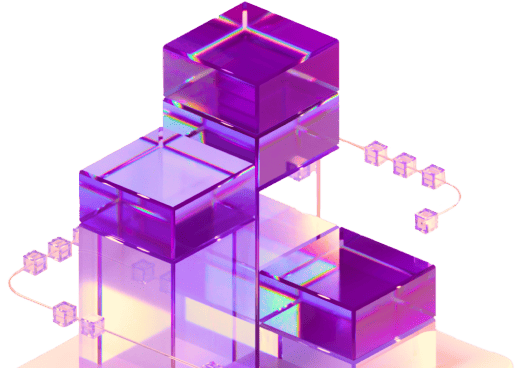The staking ecosystems of Solana (SOL), Avalanche (AVAX), and Polkadot (DOT) are experiencing unprecedented expansion, reflecting the growing adoption of Proof-of-Stake (PoS) blockchain networks. Investors and developers are increasingly turning to these networks as alternatives to Ethereum, attracted by their high-speed transactions, lower fees, and scalable staking rewards models.
As institutional and retail participation in crypto staking rises, the growth of these ecosystems underscores the increasing demand for decentralized, scalable, and secure blockchain solutions. With liquid staking options, DeFi integrations, and network incentives, Solana, Avalanche, and Polkadot are positioning themselves as dominant players in the next generation of blockchain staking.
Why Solana, Avalanche, and Polkadot Staking is Growing Rapidly
The success of PoS-based staking models depends on their ability to attract validators, stakers, and developers. These three networks are leading the charge due to several factors:
1. High Yield Staking Rewards
-
Solana (SOL) offers annual percentage yields (APY) of 6-7%, making it one of the most attractive staking options.
-
Avalanche (AVAX) staking APY ranges from 8-10%, depending on delegation periods and validator participation.
-
Polkadot (DOT) provides some of the highest staking rewards, reaching up to 14% APY, making it a lucrative option for long-term holders.
2. Growing Institutional Interest
Institutional investors are actively exploring staking-as-a-service solutions on these networks, increasing network security, liquidity, and validator participation. Large firms are allocating capital to PoS networks due to their energy efficiency and predictable yield models.
3. Expansion of Liquid Staking Solutions
Projects like Marinade Finance (Solana), Benqi (Avalanche), and Acala (Polkadot) provide liquid staking derivatives, allowing users to stake tokens while maintaining liquidity. This enhances capital efficiency and enables further participation in DeFi lending, yield farming, and cross-chain applications.
4. Enhanced Network Scalability and Adoption
-
Solana’s low fees and high transaction speeds make it a preferred network for gaming, NFTs, and decentralized applications (dApps).
-
Avalanche’s subnets and interoperability attract developers looking for customizable blockchain solutions.
-
Polkadot’s parachain model fosters cross-chain communication, making it one of the most scalable networks in the industry.
The Role of DeFi and Staking Liquidity
The growth of staking ecosystems is closely tied to DeFi expansion, where staked assets are increasingly used for borrowing, lending, and liquidity provision. Platforms like Lido, Stafi, and pSTAKE are integrating staking assets into the broader decentralized finance economy, improving accessibility and yield generation.
The ability to stake tokens while retaining liquidity is a game-changer, allowing users to earn staking rewards while simultaneously using their assets in DeFi. This development further strengthens the staking economy of Solana, Avalanche, and Polkadot, attracting more users and capital to their ecosystems.
Challenges and Future Outlook
While staking on these networks offers attractive rewards, some challenges remain:
🔹 Regulatory Uncertainty – Governments are evaluating staking models to determine compliance with securities laws.
🔹 Validator Decentralization – Ensuring distributed validator participation is crucial for long-term network security.
🔹 Competition from Ethereum 2.0 – As Ethereum transitions fully to PoS, competition for stakers and developers will intensify.
Despite these challenges, the staking ecosystems of Solana, Avalanche, and Polkadot are expected to continue expanding, driven by DeFi integration, institutional adoption, and new staking innovations.
The rapid expansion of these PoS networks signals a shift toward more scalable, decentralized, and energy-efficient blockchain infrastructures, solidifying their role in the future of digital assets.

 English
English
 Deutch
Deutch
 Espanol
Espanol
 Francais
Francais
 Portugues
Portugues
 日本
日本
 한국인
한국인
 Türk
Türk
 Русский
Русский
 Tiếng Việt
Tiếng Việt

